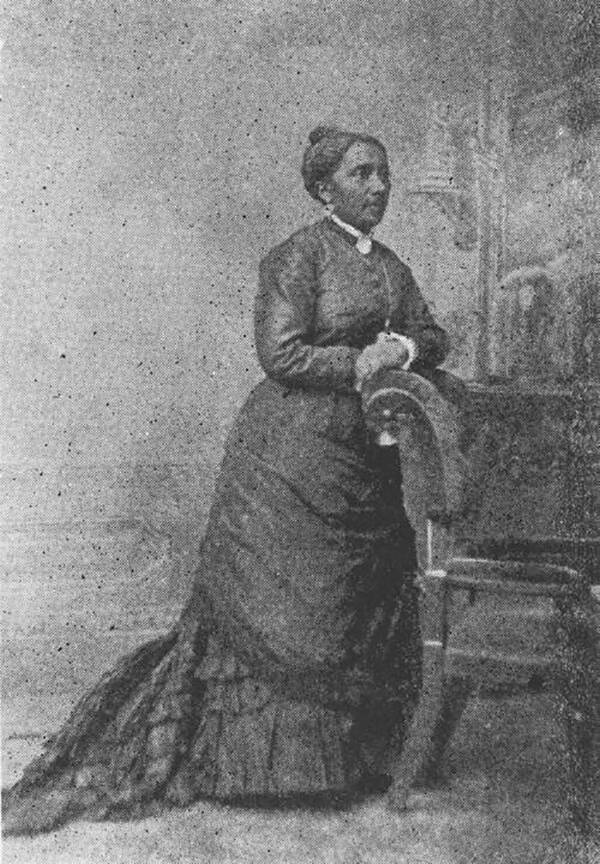RPJ’s New York: Elizabeth Jennings
This is the latest in a series of non-legal articles on the city we work in and love.

On a hot New York City Sunday in July 1854, a 24-year-old African-American woman named Elizabeth Jennings was trying to get to church. She boarded a horse-drawn streetcar at the corner of Pearl and Chatham (now known as Park Row) in Manhattan. The conductor of the car, which was owned by the Third Avenue Railroad Company, told her to get off, falsely claiming that the car was full and that there was another car “with her people” coming. Jennings refused to leave. A scuffle ensued, and at the compulsion of a police officer, she was forcibly evicted. The incident generated organized protests by the black community and was publicized nationally by Frederick Douglass. Jennings, with the aid of her father Thomas, a prominent inventor, sued the Third Avenue Railroad Company, the driver and the conductor in Brooklyn, where the company was located. Her attorney in the lawsuit was a young Chester A. Arthur, the subject of other RPJ New York articles, who would eventually become the 21st President of the United States. The jury found in favor of Jennings and awarded her the sum of $250. As a result, Third Avenue Railroad ordered its cars desegregated.
Jennings’ act of defiance occurred a century before Rosa Parks. Her victory in court contributed to the efforts to eliminate segregation in the New York City transportation system, which culminated in the Civil Rights Act of 1873, a law that explicitly outlawed discrimination in the city’s public transport. Jennings’ historical importance is now being recognized. She is the subject of two recent biographies and a belated New York Times obituary as part of the paper’s “Overlooked” series. In 2019, Chirlane McCray, New York City Mayor Bill de Blasio’s wife and advisor, announced that a statue of Jennings would be built near Grand Central Terminal.
Written by RPJ Partner Alice K. Jump, who practices in litigation and dispute resolution, employment, real estate and infrastructure law.
